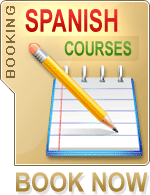Horseback riding equipment is known collectively as "tack", and includes all of the equipment and accessories worn by domesticated horses: saddles, bridles, halters, stirrups, etc.
Read on for more information about the basic pieces of riding tack:
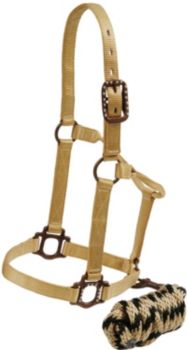
Halters fit behind the ears and around the muzzle of the horse and allows it to be tied or led. The halter is then attached to a rope, known as the lead. Don't confuse the halter with the bridle (see below), which is used in actual horseriding.
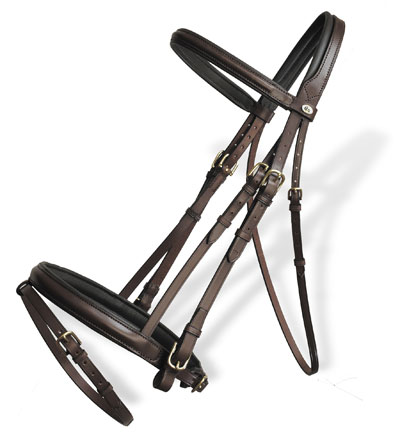
Bridles include the headstall that holds the bit (see below) as well as the reins that are attached to the bit. It consists of a series of leather straps that fit behind the animal ears, along the cheeks and around the nose. It is not the same as a halter.
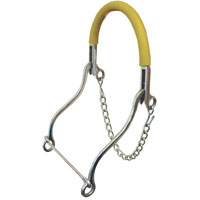
The bridles almost always have a "bit" which is used to give the rider control over the animal. The bit is a piece of metal or similar synthetic material that rests in the mouth of the horse in an interdental spot where there are no teeth.
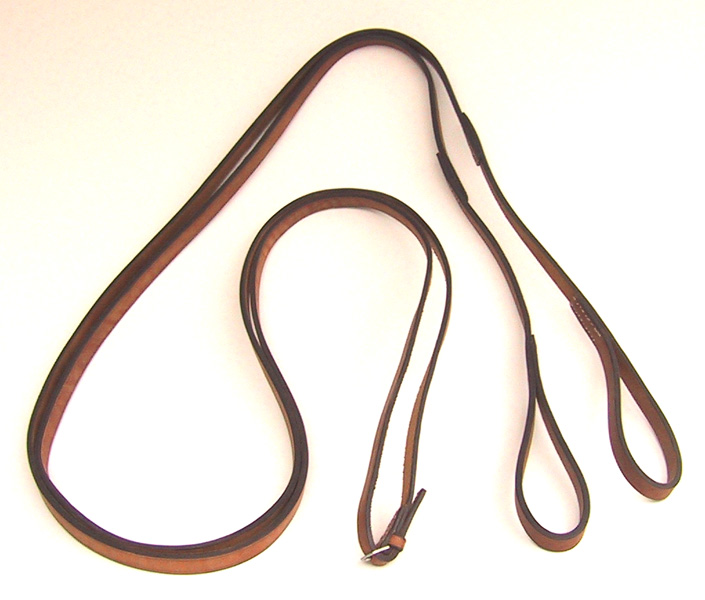
The reins are attached to the outer ends of the bit and are held by the rider. The reins and bit together are how the rider can communicate directional commands - go left, go right, stop, etc. - to the horse.
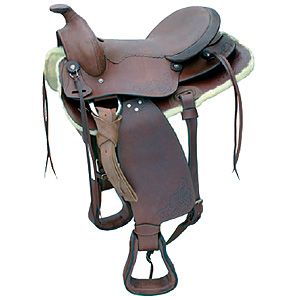
The saddle is the seat in which the rider sits. The saddle is attached by way of a cinch (US) or girth (UK), a wide strap that goes around the underside of the horse. On some horses a "breast collar" may also be used, which is another strap that goes around the chest of the animal and prevents the saddle from sliding back. There are numerous types of saddles, each serving different purposes: English saddles, western saddles, Australian saddles, racing saddles, sidesaddles, etc.
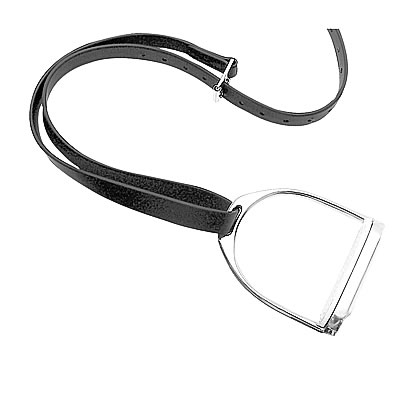
Stirrups hang down from either side of the saddle and serve as supports for the rider's feet.








